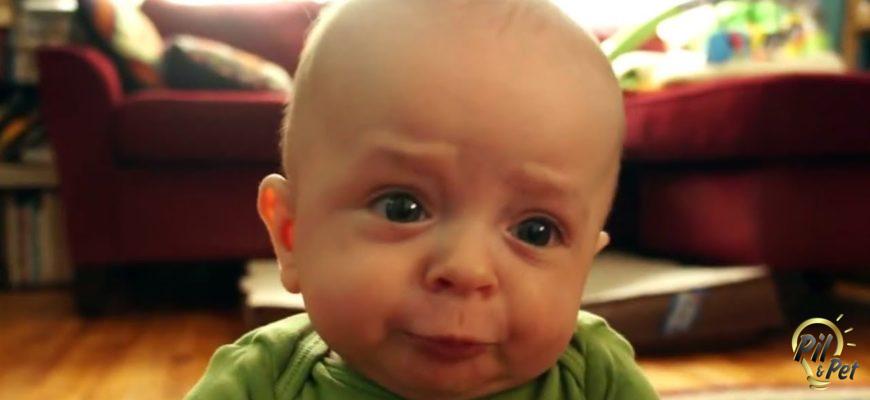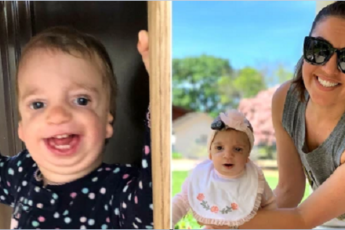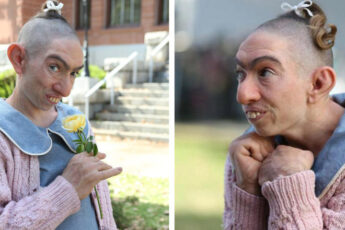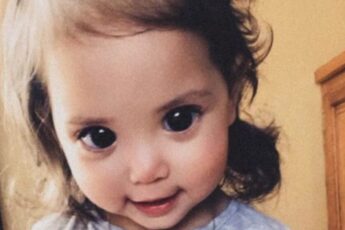Unexperienced parents may become anxious when they observe an infant’s unusual shaking characteristics, which can range from trembling hands and legs to jerky hand and jaw movements. These extra behaviors are frequently quite normal and harmless, and your child will typically outgrow them.
The distinction between a common baby’s shiver and a more serious condition is important since newborns might have seizures. Here, we’ll look at a few typical causes of infant trembling and discuss when to get stressed. During various stages of transformation, different parts of the body will often jolt. For example, during the neonatal period (the first 28 days of life), jerking of the head and appendages prepares infants to support their head, whereas in more experienced youngsters, jerking of the wrists and fingers may be necessary for fine engine development.
Jerky and jerky developments occur in newborns because the pathways that carry messages from the mind to various regions of the body have not yet fully developed. These changes become more seamless as the child’s sensory system matures. If a newborn is suddenly startled by a loud noise or another natural stimulus, you could notice a required development in which the infant extends their arms, legs, and fingers and briefly curls their back. The Moro reaction, often known as the “frighten reflex,” is common up to the age of three and a half years.






